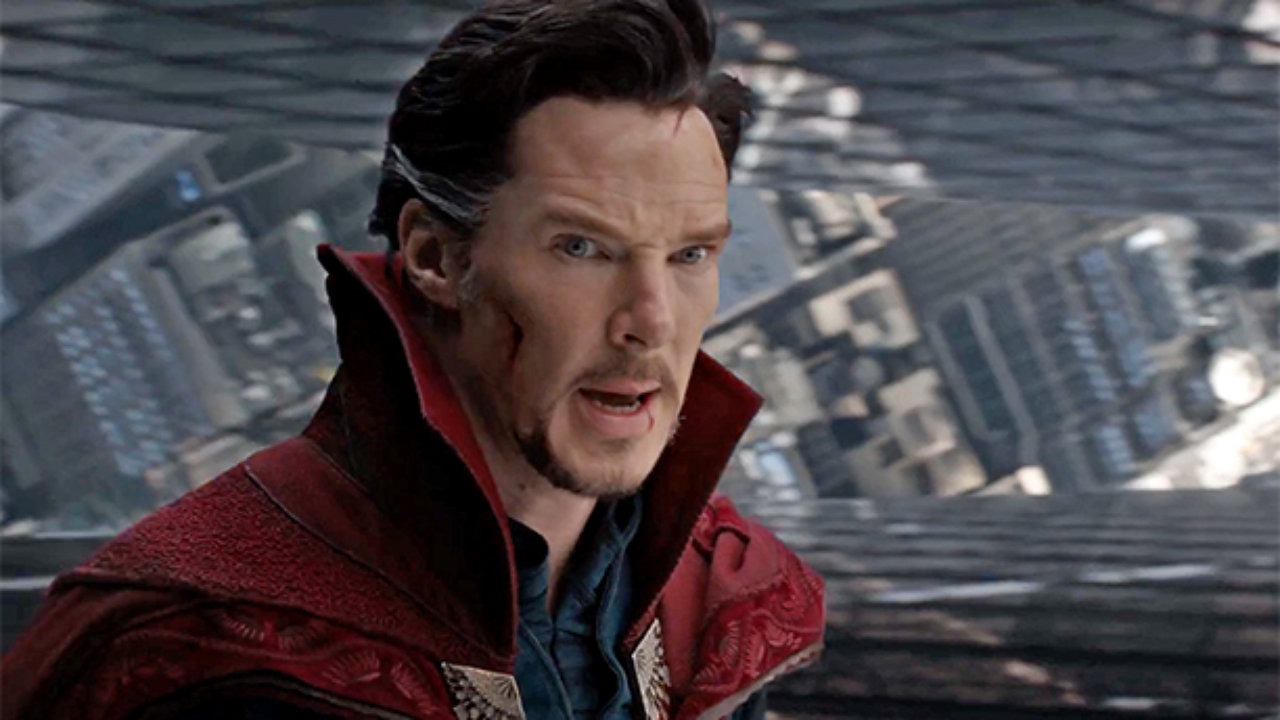Save for a hefty dose of CG-enhanced psychedelia, Doctor Strange sticks to the tried and true Marvel Movie formula that has worked so well for Disney thus far. But, as they say, if it ain’t broke, don’t fix it—and with an $85 million opening weekend, Doctor Strange proves that formula can still consistently produce box-office magic. What’s more, it proved Marvel’s formula can still produce great entertainment—movies so hilarious, engaging, and just plain fun that you really don’t care that you’ve seen it more than a dozen times since the first Iron Man dropped in 2008. And Doctor Strange is no exception. It is a solid, entertaining, well-made film, and if you’ve liked what’s come before it, you’ll find it more than worth your 114 minutes.
For those unfamiliar with the character, Stephen Strange (Benedict Cumberbatch) is basically Tony Stark if he had decided to turn to magic instead of tech—and not just because a Cumberbatch performance minus the British accent basically just leaves you with Robert Downey Jr. A world-class neurosurgeon (hence the “doctor” part), Strange loses everything when a car crash destroys his hands and he is no longer able to operate. After exhausting Western medicine, he somewhat predictably turns to the East (we are talking comics after all), where he is trained in the art of sorcery by an entity known only as The Ancient One (an Asian man in the comics, but played by Tilda Swinton in this film to much controversy) and becomes the last thing standing between our world and supernatural oblivion.
Stephen Strange is basically Tony Stark if he had decided to turn to magic instead of tech—and not just because a Cumberbatch performance minus the British accent basically just leaves you with Robert Downey Jr.
Along the way, we’re treated to a training sequence that feels more like a montage. Training we’re told should take years seems to take a week or two at most, making it at best unsatisfying and at worst completely baffling when Strange is suddenly an expert sorcerer. That’s not to say the training sequence should have been longer—as it stands, Doctor Strange is one of the few Marvel movies that doesn’t feel about twenty minutes too long—but it would have been nice to see some passage of time (more grey in those signature sideburns perhaps?).
Then again, in a movie about both magic and superheroes, plausibility may be a bit much to ask, and the exquisitely trippy, kaleidoscopic visual effects were a more than fair trade for my suspension of disbelief. Doctor Strange is what CG was made for. Most of what are generally considered to be flaws of the medium—a disregard for physics, over-saturation of color, the uncanny valley—are used to the film’s distinct advantage, plunging us into a Technicolor world so mind-bending the Mad Hatter might consider it to be a bit much.
Doctor Strange’s resolution is suitably trippy as well, but what’s more remarkable is that it actually makes sense. Endings, like length, are something most of us Marvel fans have become willing to overlook (especially after we’ve been sated by at least two hours of fan service and character-driven humor). Marvel endings tend to be more “Yeah, OK, sure” than epic or satisfying, but they’re typically forgiven as something that comes with the genre. Doctor Strange’s ending, on the other hand, is truly clever and legitimately surprising; it’s true to the character and a great complement to the psychedelic world-building that comes before it. And while the rest of the film may prove that sticking to formula works like a charm, its ending is a ringing endorsement for occasionally deviating from it. FL







